Journal
Stem Cell for Hair Loss
2024-02-29
More
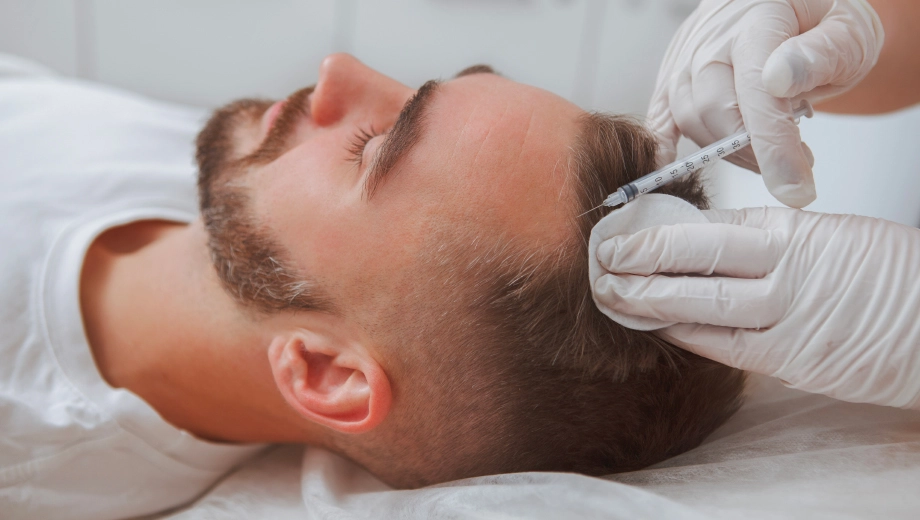
Many years have been spent researching hair loss scientifically. It is acknowledged that experiencing up to 100 hair loss each day is rather common. On the other hand, hair thinning eventually results from any loss over this amount without replacement. Hair loss in men and women can have a variety of causes. Even though hair loss is more likely to occur, it can significantly affect a person's self-esteem and, in turn, their mental and physical wellness. Thus, hope is being offered to those suffering from hair loss by a new alternative. With the use of one's body's stem cells, stem cell hair restoration is a cutting-edge hair transplant technique that can promote the regrowth of your very own natural hair. In order to achieve long-lasting results, stem cell hair is aimed at restoring the growth of naturally occurring hair follicles existing on your scalp, in contrast to other hair transplant therapies that depend on moving hair follicles.
Hair thinning problem
Hair shedding occurs naturally on a daily basis in specified amounts. Daily hair loss can reach up to 100 for most people. Some people will, nevertheless, continue to lose hair.
In contrast to diffuse hair loss, baldness is not always the result of thinning hair. On your head, it does, however, appear to show sparser patches of hair. Since thinning hair usually occurs gradually, you can identify the underlying causes and determine the most effective course of action in good time. Genetics, habits of daily living, or both may be the reason for thinning hair. Thinning hair can also be a result of some medical disorders.
Among the typical behaviors are:
- Over-treating the scalp: This includes using relaxers, perms, and color treatments.
- Using strong hair products: Extreme-hold gels and sprays are examples of such hair products.
- Putting on tight hairstyles: Wearing a bun or putting the hair tightly into a ponytail while working out might cause your hair to break off from the follicles and cause thin areas over time.
- Not taking enough of a certain nutrient in your diet: Minerals like iron, folic acid, and others assist in the normal hair production of follicles.
- Suffering from persistent stress: Hormones like cortisol rise in response to stress. A disorder known as telogen effluvium, whereby the hair follicles endure a protracted “resting” phase during which no new hair grows, can be brought on by an excess of stress hormones.
Hair thinning problems can be in most cases treatable at home with different methods, from scalp massage to enhance blood flow and remove dead skin cells, applying essential oils, taking supplements such as Biotin, Omega-3, and multivitamins for healthier hair, to anti-thinning shampoo or therapies to give more volume to the hair. However, some people might even experience severe hair thinning that cannot be treated at home and lead to serious hair loss, called alopecia.

Alopecia problem
Androgenetic alopecia is one of the most prevalent types of hair loss (often referred to as pattern baldness in both men and women).
A prevalent factor among those experiencing male or female patterned hair loss is genetics. A certain gene drives the hair follicles in particular areas of your head to shrink, and individual hairs grow out of hair follicles. You will observe finer and thinning hairs as these hair follicles diminish. Over time, those follicles will completely stop producing hair if treatment is not received.
Males usually lose hair at the vertex and frontotemporal areas, while females usually keep their frontal hairline but have widespread thinning at the crown, which makes the front of the hair appear broader.
The main causes of androgenetic alopecia are a mix of hormonal and genetic factors:
- A genetic tendency that is passed down from both parents.
- Hormones, specifically the process by which testosterone is converted to dihydrotestosterone (DHT), which causes hair follicles to atrophy.
- Growing older causes follicles to become more susceptible to DHT, which causes increasing hair loss and thinning.
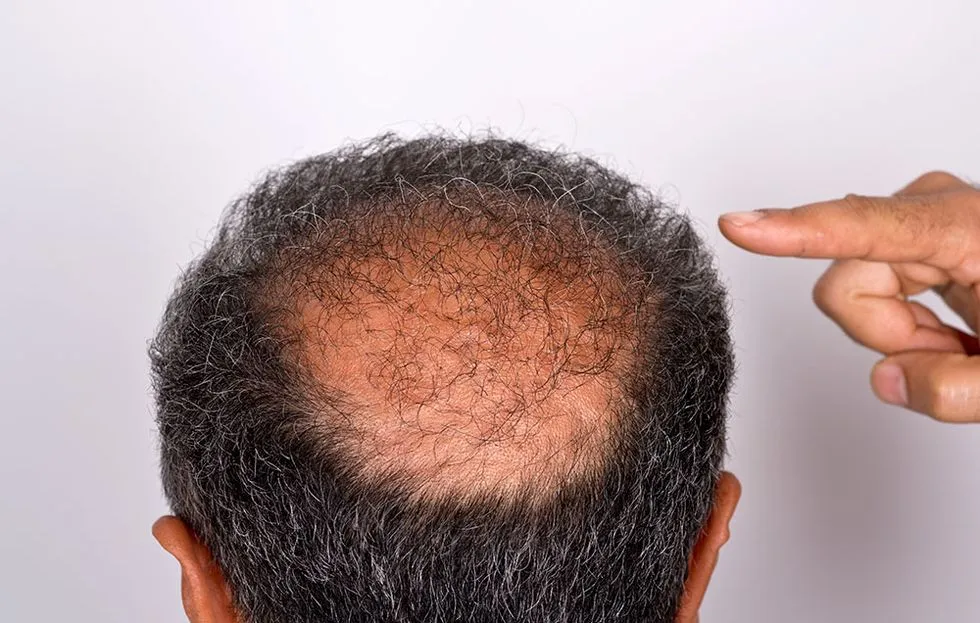
What is Stem Cell?
The human body contains special cells known as stem cells, which have the amazing capacity to differentiate into several cell types and regenerate or repair damaged tissues. Their capacity to self-renew, which enables them to divide and generate new stem cells as well as differentiate into specialized cell types with particular roles, is what makes them unique.
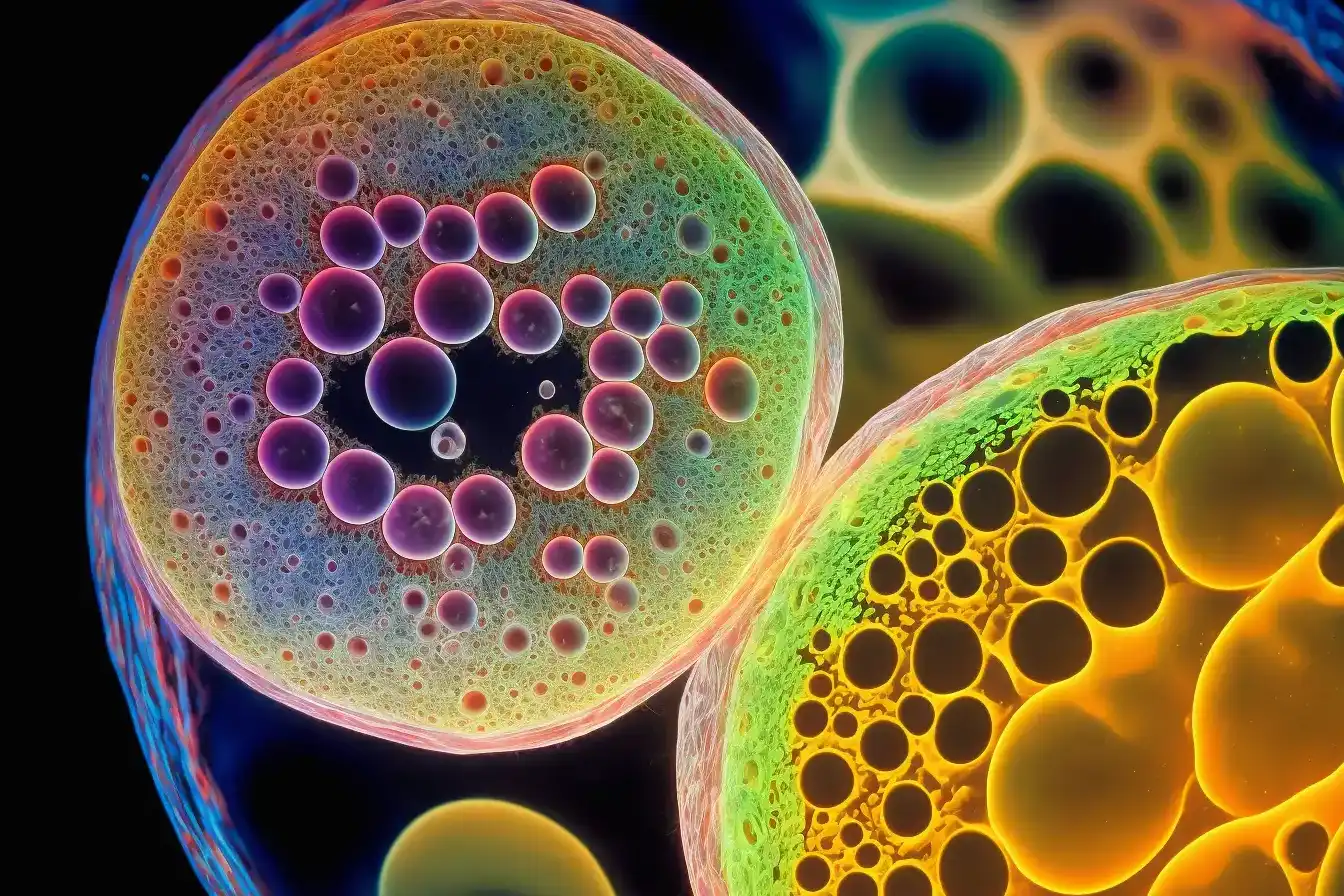
Stem Cell for hair loss
Despite the fact that hair loss is an increasingly prevalent problem, many people choose to spend money on hair growth or appearance products because they feel ashamed of their situation. For hair loss, there are many different therapies available, but not all of them might be helpful for every person. In recent years, hair stem cells have become more and more popular as a potential treatment option.
Taking stem cells from a patient's body, usually from fatty tissue, is the process of using stem cells to treat hair loss. The stem cells are then triggered once they have been extracted with the aim of promoting differentiation into specialized cell types that can grow instead of damaged or absent hairs.
The stem cells are injected back directly into the scalp's injured area after being treated. When these stem cells activate, they can create new follicles and contribute to the restoration of normal hair growth in the impacted areas.
Adopting Stem Cell Hair has the advantage over other methods due to the fact that it doesn't involve any kind of continuous medical care or risky surgery. After the process is over, it gradually aids in the restoration of natural growth with little upkeep.
While stem cells have long been used in medical practice, many have recently focused on the potential benefits of stem cells for hair health.
Stem cells have the ability to both re-stimulate elderly hair follicles and help weak hair follicles become stronger and healthier.
Baldness is thought to be treated with hair transplants; nevertheless, a non-surgical method of hair growth has recently been discovered.
The ability of stem cells to enhance follicles led scientists to discover that the cells could aid in full hair regeneration. Simple stem cell hair treatments involve implanting stem cells into the hair follicle to stimulate the growth of new hair.
It's a very creative method of getting healthy, 100% natural new hair growth.
Being able to differentiate into multiple types of cells is what sets stem cells apart from other cells. Their popularity in tissue reconstruction and surgical procedures can be attributed to this reason. They are multifunctional and have multiple applications.
Despite the novelty of stem cell hair treatment, researchers have already discovered novel applications for stem cells to promote hair growth.
It is possible for physicians to use stem cells from various regions of the body in addition to the hair follicles from which they can decide to remove them.
Hair regrows faster with the usage of adipose tissue stem cells. Platelet-rich plasma (PRP) from blood has been utilized to promote hair growth by other physicians. Even skin stem cells have been utilized by some to develop hair.
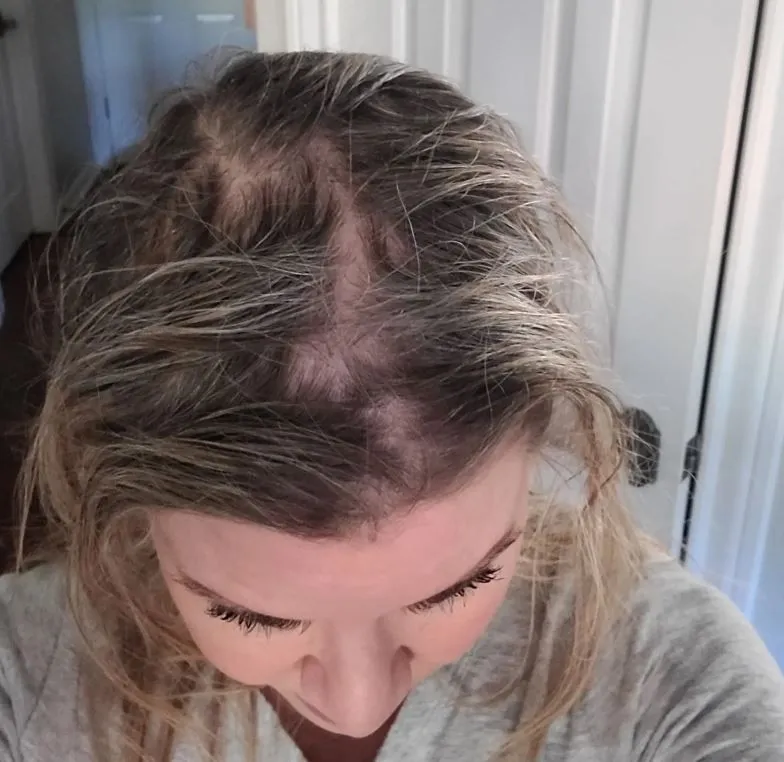
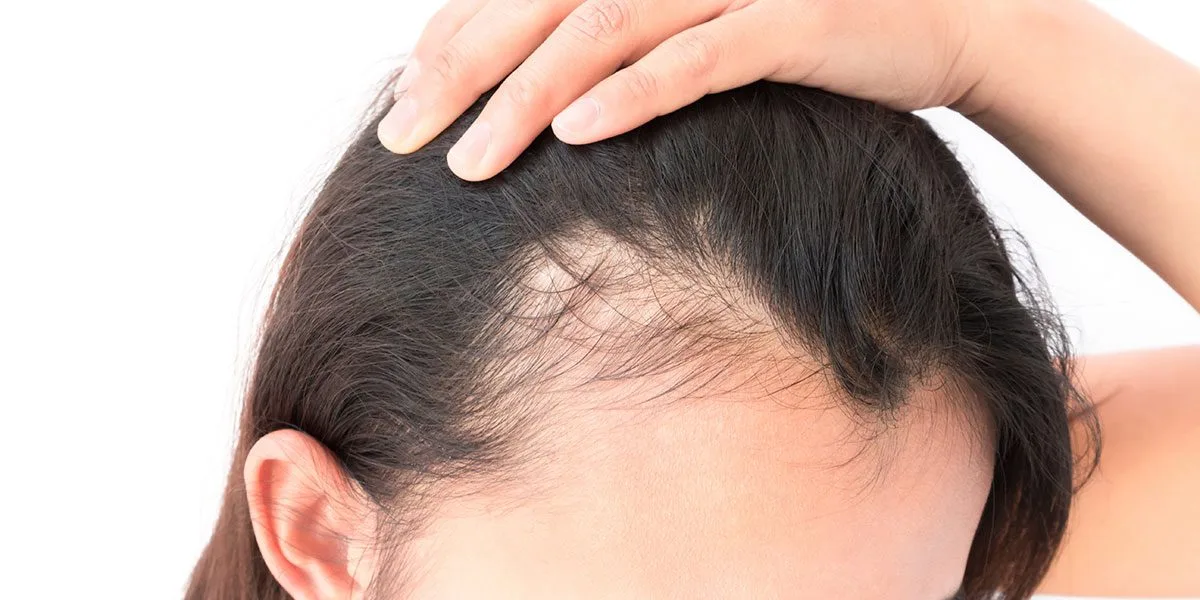
FAQ
Do I need a longer recovery period after hair loss Stem Cell?
Some patients are reluctant to have a hair transplant procedure because they don't want to have to spend time recovering.
After undergoing conventional hair transplant surgery, patients may require a few more days to recover. It could take seven to ten days for scars to fall out and heal on people.
Hair loss stem cell treatments have a very quick recovery rate.
What is premature balding?
People with a family record of hair loss, both men and women, are more likely to have premature balding. Men and women alike may experience extreme self-consciousness and self-doubt as a result of premature baldness. Women's hair tends to start falling out along their scalp part, but men's balding is more noticeable around the hairline and crown area of the scalp. People with this issue may find great relief from hair loss as stem cell both slows down the pace of hair loss and promote hair growth in the areas of the body that are balding.
Who needs Stem Cell for hair?
For those who want to diminish hair loss and increase hair volume, stem cell hair is an option. With stem cell treatment, you can restore the confidence that significant hair loss may have taken away from you by making your hair healthier and more attractive. When it comes to treating male pattern baldness, stem cells are among the greatest solutions available. The reason for this is that the treatment feeds the hair follicles, which not only restores hair growth but also guarantees it. By doing this, long-lasting outcomes are guaranteed, with improvements evident even months after the procedure.
Is platelet-rich plasma (PRP) and Stem Cells the same?
Both platelet-rich plasma (PRP) Hair and stem cell hair restoration are non-surgical hair transplant techniques that may promote the growth of your hair follicles. While PRP Hair uses platelet-rich plasma from your blood to stimulate hair growth, stem cell hair regrowth uses stem cells from your fat cells to promote restoration. Your blood sample is spun through a centrifuge during Progrowth Hair to separate your platelet-rich plasma from the other elements in your blood. In order to promote the growth of your natural hair, your platelet-rich plasma is blended with an ACell extracellular matrix.
Other readings:
Back


